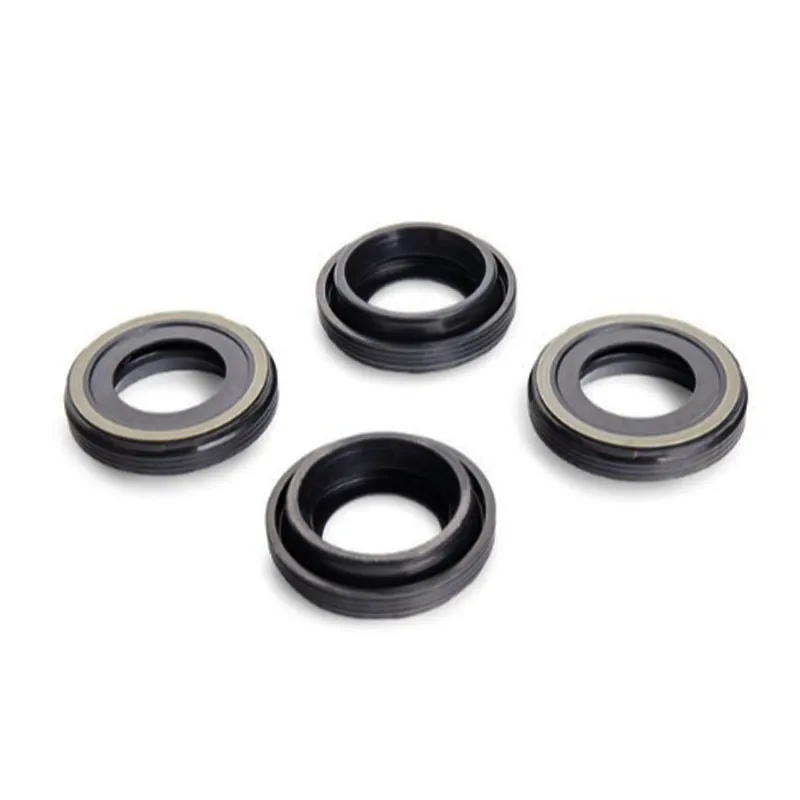motor oil drain plug
Understanding Motor Oil Drain Plugs Essential for Vehicle Maintenance
Motor oil is the lifeblood of any vehicle, ensuring smooth operation and longevity of the engine. However, oil can degrade over time due to heat, contaminants, and wear. As a result, regular oil changes are necessary to keep your engine running efficiently. One critical component involved in this process is the motor oil drain plug. Understanding its function and importance is key for any vehicle owner looking to maintain their car effectively.
What is a Motor Oil Drain Plug?
The motor oil drain plug is a small yet essential component located at the bottom of the oil pan underneath the engine. Its primary function is to allow the old, used oil to be drained out during an oil change. Typically made of metal, the drain plug is designed to withstand the temperatures and pressures generated by the engine. It features a threaded design that enables easy installation and removal with the appropriate tools, usually a wrench or socket.
Importance of the Drain Plug
1. Preventing Oil Leaks The integrity of the drain plug plays a crucial role in maintaining the engine’s oil integrity. A damaged or improperly installed drain plug can lead to oil leaks, which not only compromise the engine's performance but can also pose safety hazards and environmental concerns. Regular inspections of the drain plug can prevent potential issues before they escalate.
2. Facilitating Easy Oil Changes The drain plug simplifies the oil change process. By conveniently allowing oil to flow out of the oil pan, it reduces mess and makes the procedure much smoother. Without a properly functioning drain plug, changing the oil could become tedious and inefficient.
3. Maintaining Engine Health Regular oil changes are essential for the engine's health. Old oil can accumulate debris and particulates that can cause wear and tear on engine parts. A reliable drain plug ensures that the old oil is efficiently drained, allowing fresh oil to flow freely, lubricate all moving parts, and protect the engine from damage.
motor oil drain plug

Tips for Drain Plug Maintenance
1. Inspect the Drain Plug During an oil change, always inspect the drain plug for signs of wear, corrosion, or damage. If the threads are stripped or the plug is cracked, it should be replaced immediately to avoid leaks.
2. Use a New Washer Many drain plugs come with a sealing washer. When replacing the oil, it’s advisable to use a new washer to ensure a tight seal, preventing any oil leaks.
3. Tightening After draining the old oil, make sure to tighten the drain plug securely but avoid overtightening, which can strip the threads or cause damage to the oil pan.
4. Check after Changes Once the oil change is complete and the new oil is added, it’s wise to run the engine briefly and then inspect the drain plug area for any signs of leaks. This practice helps confirm that everything is sealed correctly.
5. Professional Help If you're unsure about handling the drain plug or experience any issues, it’s always best to consult with a professional mechanic. They can provide the expertise needed to ensure that your vehicle runs smoothly.
Conclusion
In summary, the motor oil drain plug may seem like a minor component of your vehicle, but it plays a significant role in the performance and longevity of your engine. By understanding its function and maintaining it properly, you can ensure that your vehicle remains in optimal condition, minimizing the risk of oil leaks and engine damage. Regular oil changes, combined with proper care of the drain plug, are fundamental steps in effective vehicle maintenance that every car owner should prioritize.
-
Understanding Automotive Oil Seals: Essential Components for Engine and Shaft Protection
News Jul.30,2025
-
The Importance of Heavy Duty Seals in Industrial and Residential Applications
News Jul.30,2025
-
Exploring Industrial Oil Seals: From Felt Oil Seals to TTO and CFW Solutions
News Jul.30,2025
-
Essential Guide to Oil Seals: From Radial to Metal-Cased Seals for Industrial Reliability
News Jul.30,2025
-
Choosing the Right Oil Seals and Gaskets for Industrial and Automotive Applications
News Jul.30,2025
-
Cassette Seals: Durable Sealing Solutions for Harsh Environments
News Jul.30,2025
-
Understanding the Front Main Engine Seal: Purpose, Maintenance, and Installation
News Jul.29,2025
Products categories















